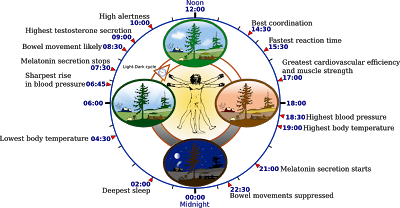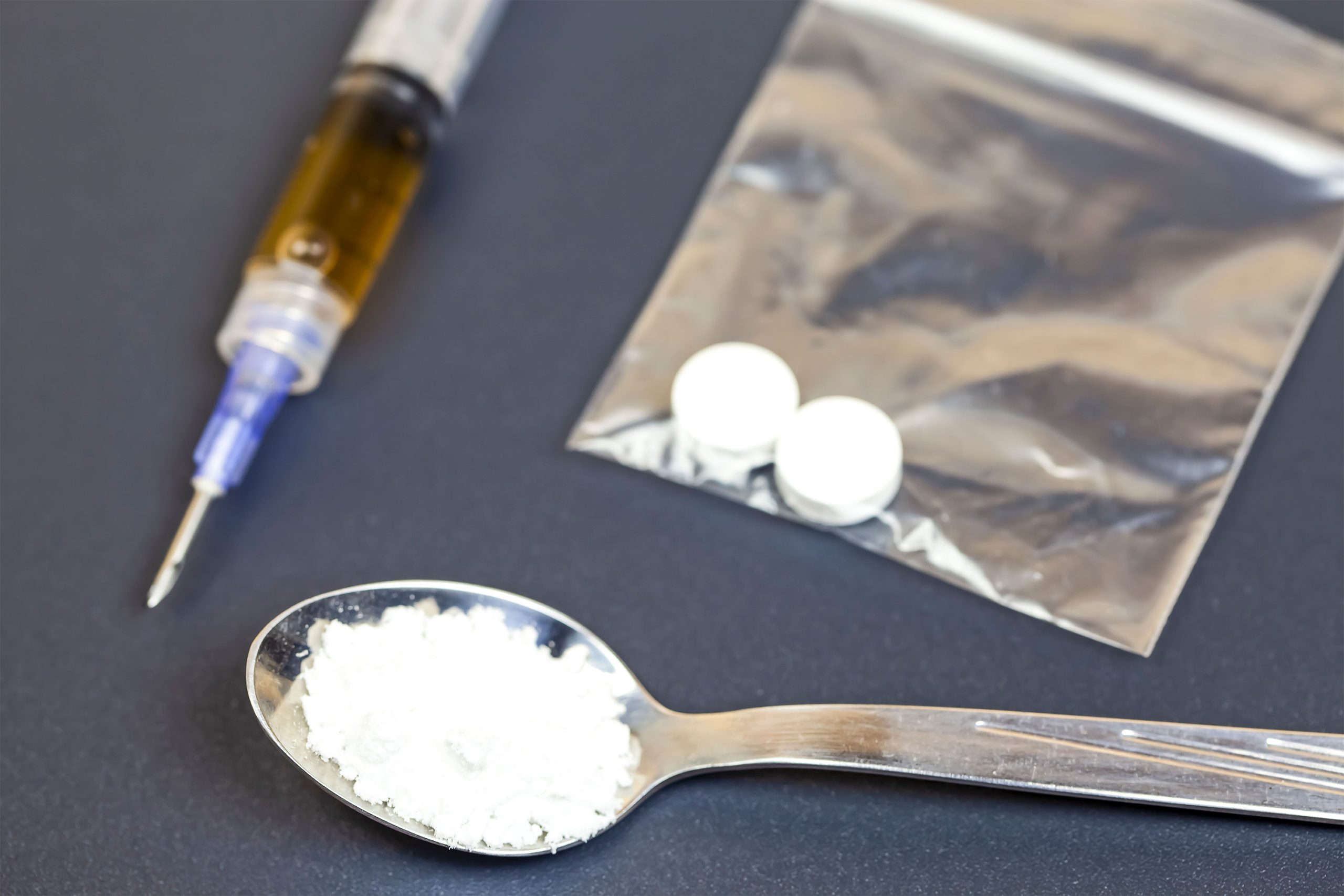Results shall soon be published in the Alcoholism: Clinical & Experimental Research journal indicating that the expression of our circadian clock genes can be altered by chronic alcohol consumption.
In particular, lower levels of messenger ribonucleic acid (mRNA) can be found in the circadian clock genes of individuals with alcohol dependence causing sleep problems and mood changes.
The term circadian comes from two Latin terms, circa meaning around and diem or dies meaning day. Circadian rhythmicity is present in the sleeping and feeding patterns of animals and it regulates our core body temperature, brain wave activity, hormone production, cell regeneration and other biological activities.
“The appropriate expression or regulation of these genes is necessary for any organism to efficiently “program” physiological and behavioral activities in order to ensure survival” says Sy-Jye Leu, a researcher with the Taipei Medical University and corresponding author for the study.
By examining the blood samples of 22 alcohol dependent males and 12 healthy subjects, Leu and her colleagues were able to discover lower levels of mRNA in the circadian clock genes of the alcohol dependent males.
“In other words, chronic alcohol consumption was associated with a destruction of normal circadian clock gene expression,” said Leu. “This altered expression is closely related to circadian rhythm dysfunction and might link to a variety of physiological problems such as sleep/wake cycle dysregulation, depression, and even cancer.”
Consequently, chronic alcoholism could lead to permanent damage to the circadian clock genes as patients did not show any improvement when exposed to early alcohol withdrawal treatment.
How is your biological clock functioning? The following depicts a typical circadian rhythm for an individual that rises early, eats lunch around noon and sleeps through the night:
Chronic Drinking Can Disrupt Circadian Rhythms
Circadian rhythm
© www.understandingaddictions.com
SOURCE: Understanding Addictions – Read entire story here.






